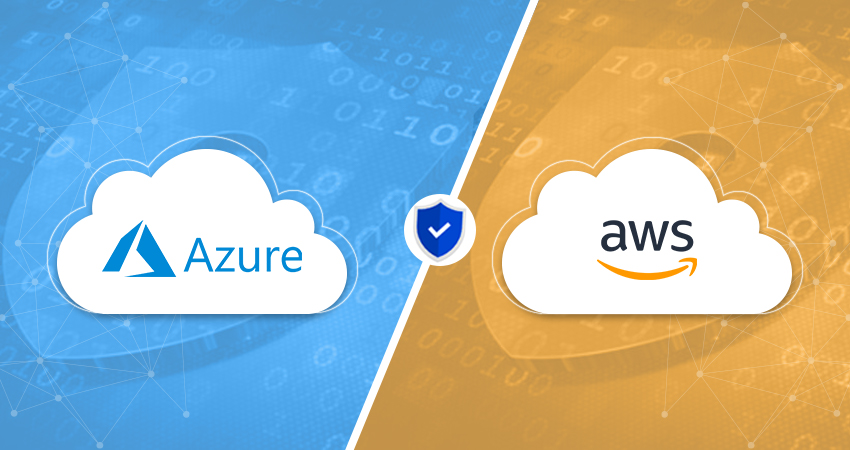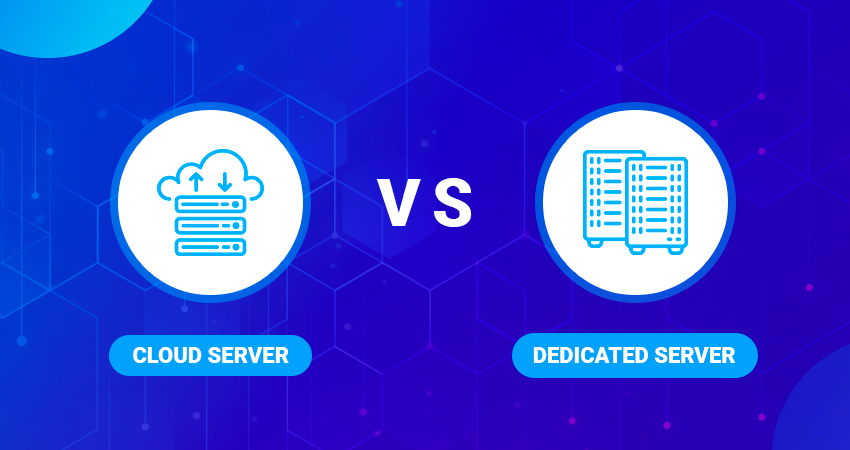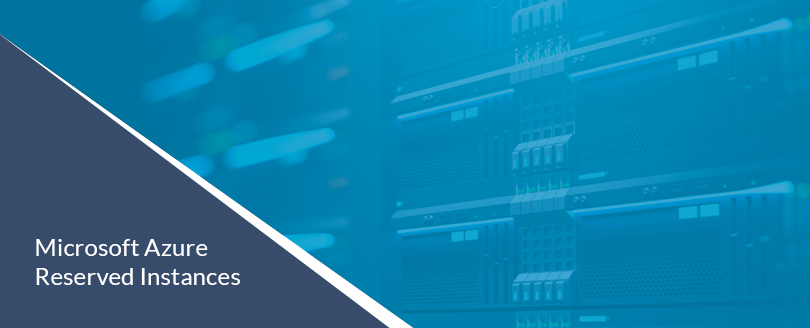-
-
- English
- العربية
- Español
- Français
- Dutch
-
-
Book a Demo
-
Book a Demo
Fabulix Service Manage (FSM)
-
-
الشركة
-
GLOBAL
About ISSQUARED -
IN INDIA
ISSQUARED
-
-
الشركاء
-
IN INDIA
ISSQUARED -
Global Partner Network
Partner Program
-
-
الوظائف
-
نحن نبحث باستمرار عن الأفراد الموهوبين الذين لديهم شغف بالتقنيات المبتكرة
-
-
الرؤى
-
هل أنت جاهز لمعرفة المزيد حول Identity and Access Management (IAG) الآن؟
شاهد الفيديو الخاص بنا عند الطلب حول كيفية إدارة الهوية في مؤسسة نموذجية.
-
-
القطاعات الصناعية
-
-
الحلول
-
-
المنتجات
-
احصل على عرض توضيحي مخصص
-
-
الأعمال
-

Switching to A Modern, Intelligent IT Service Management Solution
ITIL, Service Management - April 01, 2022
Introduction
IT Service Management (ITSM) is a comprehensive approach to plan, deliver, manage, and enhance an organization's ability to utilize technology. It is a process-oriented discipline for managing IT operations as a service, as opposed to traditional technology-oriented approaches to IT. It accounts for 60% to 90% of the entire cost of IT ownership. 1
IT Service Management shares a similar theme with the other program management initiatives (such as TQM, Six Sigma, Business Process Management, and CMMI) by establishing a framework for aligning IT operations activities and technical personnel interactions with clients and user processes.
IT Service Management is frequently used interchangeably with the British government's ITIL. However, IT Service Management is a subsection of ITIL and focuses on service support and delivery in information technology operations. In terms of usage, these two areas account for approximately 80% of the cost of infrastructure.2 Additionally, up to 90% of US businesses are currently implementing one or more IT Service Management solutions3. and, with the ratification of ISO/IEC 20000, a greater number of businesses are identifying the opportunity to improve their organizations in ways that could result in increased organizational competitiveness4.
The IT Service Management concepts are applied through frameworks of principles, procedures, and relational mechanisms, which are typically based on sets of best practices that have been validated in theory and in practice. This ensures that each company determines the components of a particular framework and chooses the one that fits its purpose.
There are several models available for IT Service Management /IT governance solutions that are both effective and efficient. The most well-known are COBIT, Microsoft Operational Framework (MOF), IT Infrastructure Library (ITIL), HP IT Service Management, eTOM, IBM Integrated Service Management, and Calder-Moir IT Governance Framework. They differ in scope and size, and many of them have overlapping links with one another.

IT Service Management Adoption: Key Perspectives
The adoption of an IT Service Management framework is applicable in many diverse areas of the company’s operations. As a result, an IT Service Management implementation should be viewed and evaluated from multiple angles, including:
1) Management Perspective: This is the highest level of appraisal and encompasses the organization's executive management. Its purpose is to ensure that the IT Service Management deployment is considerate of financial impact, business impact, and collective user experience.
2) Technology Perspective: This perspective entails a favorable effect on areas such as technological efficiency, information technology personnel and resource efficiency, as well as information technology-related costs and budgets.
3) IT Users' Perspective: This refers to the individuals who rely on the IT department's systems, technology, equipment, products, and services on a daily basis. Additionally, users can communicate with the IT department via the IT Help or Service Desk. This perspective ensures that the impact on areas such as the quality of IT services remains tightly knit to user experience.
4) The Employee Perspective: The employee perspective is associated with the personnel within the IT department and specifically refers to operational staff impacted by IT Service Management adoption and related changes. Personnel at the first and second levels of support, network administrators, security personnel, database administrators, and application owners are included in the umbrella. These are the individuals who are directly involved in the design of new processes and changes. This perspective can be compared to the IT user’s perspective as both are concerned with the validity and veracity of the IT processes.
IT Service Management: Strategic Planning
The two fundamental steps of strategic planning are strategy formulation and strategy evaluation.
The process of developing a strategy begins with an assessment of the current situation (internal and external), then it moves to the specification of objectives, and finally to the creation of a strategic plan. Strategy evaluation is the process of assessing strategy options against three main success criteria:
-
Applicability (Will it work?)
-
Feasibility (Can it be implemented?)
-
Acceptability (Will it be approved?)
The focus should ideally be on deriving real benefits from IT and related concepts. The business strategy outlines the company's (mid to long-term) financial objectives, and it drives the IT strategy. The value contribution of IT is critical for the organization when it comes to supporting the business plan with IT investments.
It is essential to study the subject from multiple viewpoints to acquire a thorough knowledge of IT's value contribution. First and foremost, we must assess whether adopting IT produces the best results with the least amount of labor and/or price. Second, we must assess whether organizations can use IT to gain competitive advantages and increase earnings from IT expenditures. Third, the consumer impact must be considered, as well as the amount to which advantages are passed on to or required by customers.
The IT Service Management strategy works in tandem with the company's overall strategy and IT infrastructure. The following are the most significant factors to consider while designing an IT Service Management strategy and accompanying IT architecture:
1) IT Portfolio Management: Defining the process that occurs between the design of a business plan and the application of technology.
2) Demands Management: Outlining the business requirements coming from the business plan and existing business processes, and thus establishing the IT architecture's capacity and flexibility.
3) Defining Information Architecture: Building and maintaining a business information model as well as determining appropriate systems for optimizing information use.
4) Determining Technological Orientation: Technical orientation should be determined based on the business needs of the enterprise. To meet current and future business requirements, it requires robust, cost-effective, integrated, and standardized application systems, resources, and competence.
5) Examining and Evaluating IT: Examining IT risks and their potential repercussions on business processes and objectives, as well as offering notification of the resulting consequences. Risks should be assessed in terms of their related costs so that decision-makers can determine an acceptable level of risk tolerance.
Rethinking IT Service Management Solution: A Modern and Intelligent ITSM
Perhaps no Industry is as disruptive as the IT Industry. With new tools and technologies arriving every day and the nature of innovation and adoption going through "peaks and throughs", it becomes difficult to maintain a uniform service management practice. Despite this, the development of an Intelligent IT Service Management is well underway. This is because the transition to an intelligent IT Service Management is largely a human construct, and the real first obstacle is overcoming outdated skills and perception gaps.
Intelligent IT Service Management focuses on making the most of the IT Service Management software tools and capabilities. Many tools offer powerful workflow, process automation, and good APIs, all of which can provide significant benefits and efficiencies. Intelligent IT Service Management is built on a foundation of IT Service Management software tooling that already supports key IT Service Management processes like Incident, Request, Problem, Change, Service, SLA, Customer, and CMDB, among others.
A successful relationship between a business partner and a service provider depends on the demonstration of business value. The concept of 'as a Service' operating models. In this case, IT as a Service is supported by the demonstration of continuous value. This is the underlying working principle of an Intelligent IT Service Management.
Intelligent IT Service Management asserts value for money, aligns with strategy and investment, leadership, governance, and ensures that all of this is constantly monitored and improved.
The Ethos of an Intelligent IT Service Management
Continual Systems Improvement and the links between CSI and Business Initiatives and Business Outcomes are emphasized in an Intelligent IT Service Management strategy. The five key transformative applications of an Intelligent IT Service Management system are:
1. Manage Business Relationships
The relationship between the IT Services Provider and the business partners (the IT Services consumers) is a vital one. A reliable IT Service Management process always functions within the context of this relationship. The general goals are:
-
Ensure that IT and business outcomes are in sync
-
Manage the Technology Investment Portfolio
-
Recognize the shape of business with IT capabilities
-
Match business demand to available services and technologies
-
Pipeline for Feed Services and Application Development
-
Demonstrate the value of being a Service Provider regularly
-
Manage Customer Service, Complaints, and Escalations
-
Ascertain that all Service Provider upgrades are incorporated, as well as the accompanying investments
-
Identify opportunities for business innovation, development, and improvement through technology adoption and advancements.
2. Professional Experience
Experience will be at the heart of every high-quality service and product strategy. This is also true for a service provider. Failure to focus on the perceived "customer" experience may result in a negative impression among customers and associates.
3. Comprehensive Data Integration
Intelligent IT Service Management recognizes that service and application delivery can originate from a variety of vendors, using a variety of delivery techniques and financial/purchasing models. It's also improbable that an IT Service Management software application will function in isolation. Data is synced and/or transferred from system to system at various levels (transaction, profile, reference, and so on). As a result, firms must assure that these integrations are organized, as well as the processes and activities that trigger data transmission and synchronization.
Accurate data guarantees that everyone in the Service Provider value chain has the appropriate information on time, resulting in lower costs, higher productivity, higher customer satisfaction, and faster service delivery.
4. Process Automation and Waste Process Removal:
Automation is at the heart of increasing operational efficiency and production, and it works hand in hand with Powerful Data Integration. The Intelligent IT Service Management approach is to always look for areas of process management where automation can be applied.
5. Service without Interruption
From the beginning of the industry best practices framework, continuous improvement has been a founding principle of IT Service Management. However, a few IT Service Management software tool manufacturers have redefined the practices of taking a pragmatic, business-driven approach to software tool operation and user interface experience.
Time to Invest
In terms of practical application, IT Service Management can be extremely beneficial to your company. IT Service Management is the backbone for delivering services, especially if your company is heavily reliant on technology. In today's competitive corporate environment, IT Service Management is no longer a choice, but a necessity. ISSQUARED Inc. is a leading provider of IT Enabled services and with our IT Service Management methodology, your business can achieve maximum operational efficiency and client success. Reach out to us for any questions.
References
1,2,3-Fleming, W. Using Cost of Service to Align IT.
4- Lynch, C. G. Most Companies Adopting ITIL® Practices
Other References
Modernize ITSM, Gartner
ServiceNow ITSM review
Categories
-
Cloud
-
Carrier and UC
-
Cyber Security
-
Edge Computing
-
Hyper-convergence
-
Identity Management
-
ITIL , Service Management
-
Risk and Compliance
-
Partners
-
Others
recent blogs

The Importance of IAM in the Context of the COVID-19 Pandemic
July 11, 2022

Building a Roadmap for IT Security Management
June 10, 2022

Why is IT Service Management Still Relevant Today?
April 29, 2022

Can We Achieve Zero Trust?
April 18, 2022

How to Identify the Behavior of Cyber Adversaries?
April 08, 2022

Switching to A Modern, Intelligent IT Service Management
April 01, 2022

IT Operations Management and IT Service Management | How They Differ, Combine and Why They Matter
March 25, 2022

What is Software-Defined Networking (SDN)?
March 14, 2022

Choosing an IT Service Management Service
March 08, 2022

9 Benefits of Automation in Service Management
March 04, 2022

Social Engineering and How to Safeguard Yourself
March 02, 2022

AWS Network Firewall Versus Azure Firewall: An Overview and Key Features
Feb 25, 2022
Importance of Attack Surface and Threat Intelligence
February 22, 2022

Pros and Cons of Artificial Intelligence in Cybersecurity
March 10, 2021

Cloud Infrastructure and the Pandemic- A shining light
June 1st, 2020

Identity Management as a Service
Aug 18, 2020

Cloud Hosting vs Dedicated Servers
April 06, 2020

The Impact of AI on the Finance Industry
February 5, 2021

Brainjacking - Moving from Science Fiction to Reality and Associated risks
March 11, 2021

Ecommerce: Impact of Amazon and Artificial Intelligence
February 1, 2021

Zoom, Skype, Teams: The battle for market domination in the times of COVID-19.
April 10, 2020

Microsoft Azure Reserved Virtual Machine Instances (RI's) - Key Features and Benefits
March 24, 2020
Tags
Subscribe to newsletter

By: Ganesh Ramaiah
Senior Vice President - International Operations
Ganesh’s emphasis on quality and delivery has been a consistent theme as he led teams at UBS,
CSC, Microsoft, and IBM. His vast experience includes managing staff of thousands of global
delivery engineers for Fortune 100 companies’ IT operations.
Ganesh holds Bachelor’s and Master’s Degrees in Physics with special emphasis in Electronics
from Delhi University.